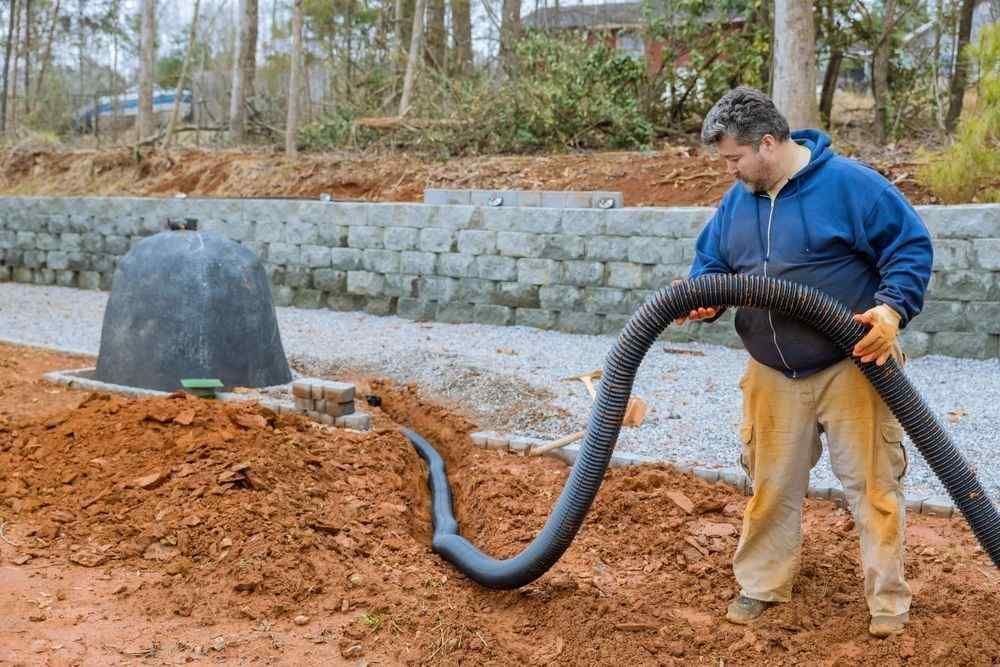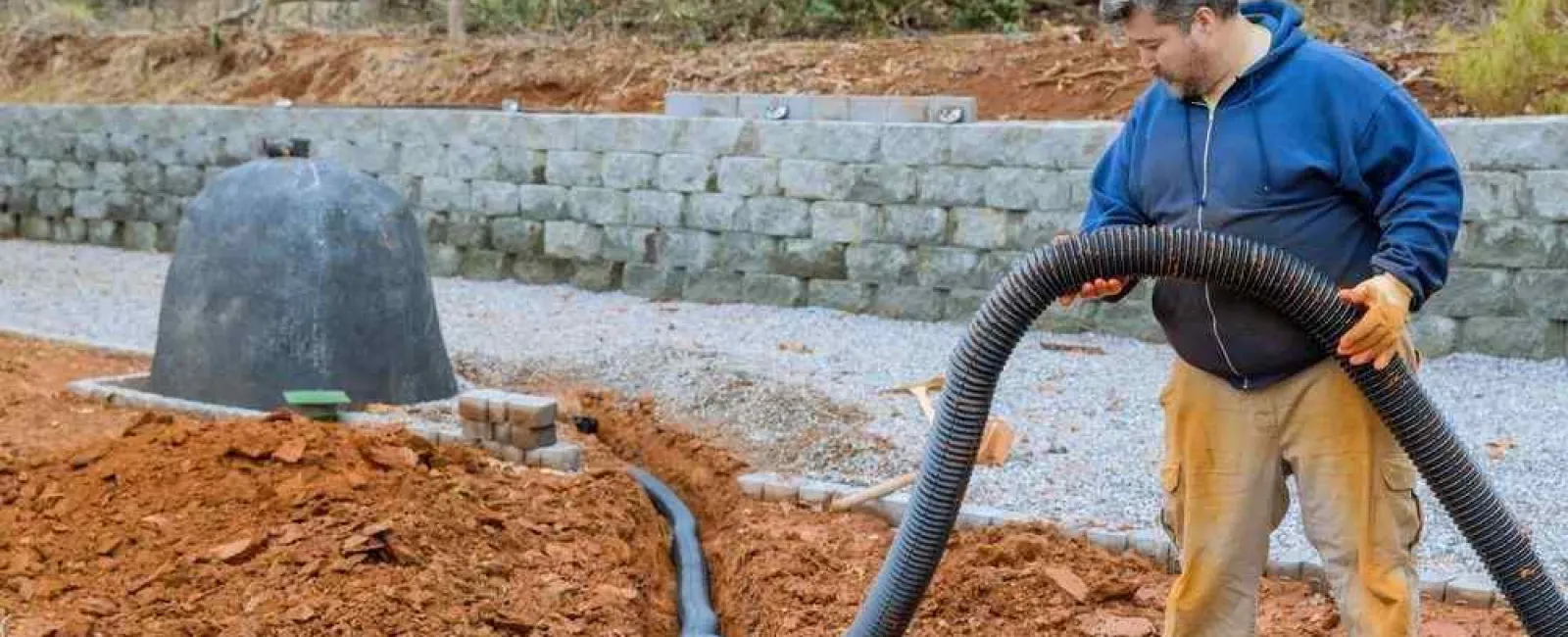- A septic system inspection evaluates the tank, pipes, and drain field to ensure optimal functionality and compliance with health regulations.
- Inspections by a certified septic inspector can prevent costly repairs by identifying potential issues early and ensuring system integrity.
- Septic tank inspection tasks include locating the system, checking for leaks, measuring scum and sludge layers, inspecting mechanical components, and conducting flow tests.
- Regular septic inspections are crucial for home maintenance and property value, taking 45 minutes to a few hours to complete depending on system complexity.

If you own a home with a septic system, understanding the septic system inspection process is crucial for maintaining the health and efficiency of your home's wastewater management. Whether you're buying a new property or maintaining your current residence, a comprehensive septic tank inspection ensures your system functions properly, avoiding costly repairs down the line.
What Is a Septic Inspection?
What is a septic inspection? It's an essential evaluation that involves checking the tank, pipes, and the drain field to ensure everything operates as it should. These inspections are not only necessary for routine maintenance but are also typically required during home sales.
A qualified septic inspector is essential for a thorough evaluation. These professionals are trained to identify potential issues and ensure your septic system complies with local health regulations. It's recommended to choose inspectors who are certified and possess a deep understanding of different septic systems.
How Long Does a Septic Inspection Take?
How long does a septic inspection take? The duration of a septic inspection can vary depending on the system's complexity and size. Typically, an inspection can take anywhere from 45 minutes to a few hours. During this time, the septic inspector ensures that all components are accessible and functioning properly.
What Happens During a Septic Tank Inspection?
During a septic tank inspection, the inspector will perform several tasks:
- Locating the System: The first step in a thorough septic inspection is locating the septic tank and drain field. This can sometimes be a challenge, especially in older systems where documentation may be sparse. Inspectors use tools like electronic locators and probing devices to pinpoint the tank and its components without causing damage to your yard. Having precise records from previous inspections can significantly aid in quickly identifying all critical components of the system.
- Checking for Leaks: The integrity of the septic tank is vital for preventing environmental contamination and property damage. During this part of the inspection, the septic inspector examines the tank for any signs of cracks or leaks. They will check the levels of liquid in the tank to ensure there are no breaches that could allow waste to escape or groundwater to infiltrate, which can lead to system inefficiencies or failure.
- Measuring Scum and Sludge Layers: To determine if a septic tank needs to be pumped, the inspector measures the layers of scum and sludge within the tank. This is done using a "sludge judge"—a long, hollow tube that captures a vertical profile of the tank's contents. The thickness of these layers indicates how much capacity the tank has left and helps predict the timing of necessary maintenance.
- Inspecting Mechanical Components: In more complex systems, mechanical components like pumps, floats, or aerators play critical roles. These parts are inspected for operational integrity. The septic inspector tests each component to ensure proper functionality, checking electrical connections and wear and tear on moving parts. This step is crucial to ensure that the mechanical elements are working correctly and configured to trigger at set levels of wastewater.
- Flow Testing: To assess how effectively wastewater flows through the system, the inspector might conduct a dye test or load test. In a dye test, a non-toxic dye is flushed through the system to visually track the water's path and spot any leaks or blockages. A load test involves introducing a significant volume of water into the system to mimic heavy usage, which helps in identifying the absorption capacity of the drain field and any potential backup issues.
The duration of a septic inspection can vary depending on the system's complexity and size. Typically, an inspection can take anywhere from 45 minutes to a few hours. During this time, the septic inspector ensures that all components are accessible and functioning properly.
Why Is a Septic Inspection Important?
Regular inspections help catch issues before they become serious, saving homeowners significant repair costs. Additionally, understanding the state of your septic system is crucial when buying a home, as it can affect the property's value and your living environment.
By familiarizing yourself with the septic system inspection process, you ensure your home remains safe and functional. Remember, the health of your septic system directly impacts your property and wellbeing.
Ready to schedule your septic system inspection? Contact Scorpion Septic today to ensure your system is in top shape! Our expert team is ready to provide you with thorough and efficient service. Remember, a healthy septic system means a happy home!

